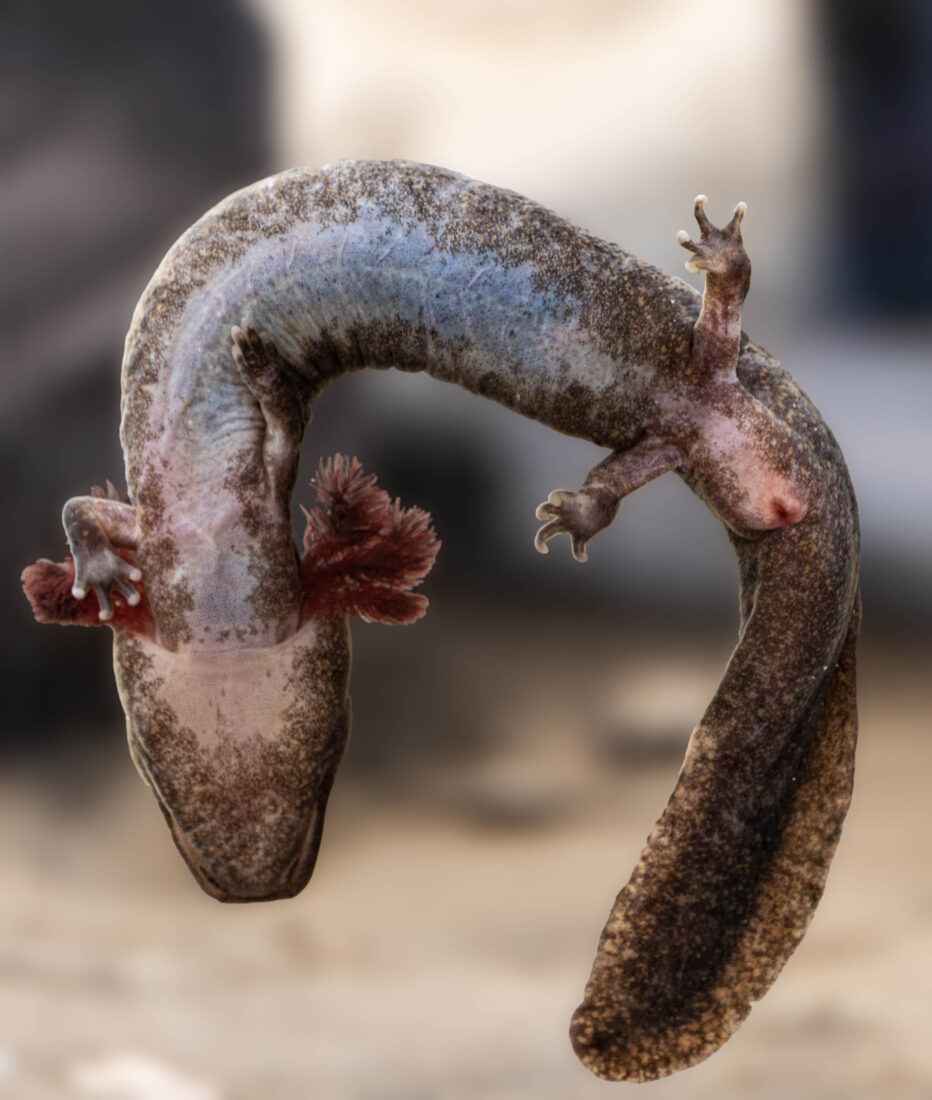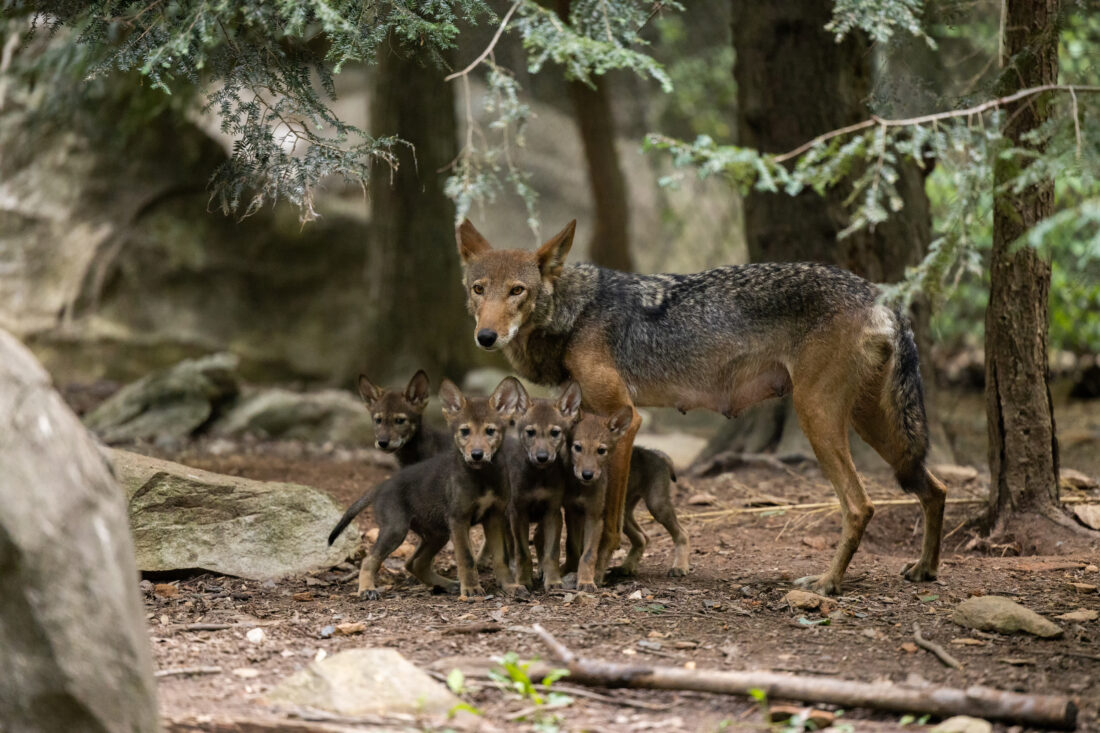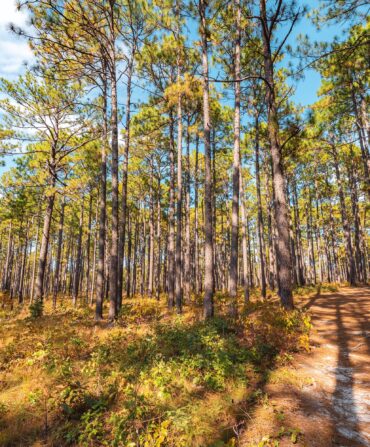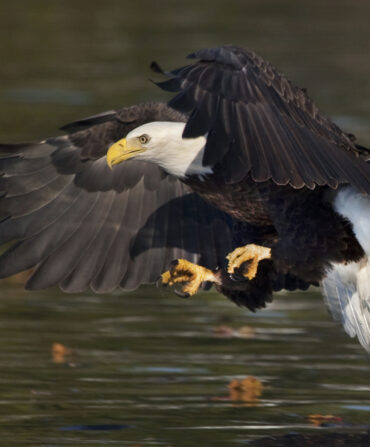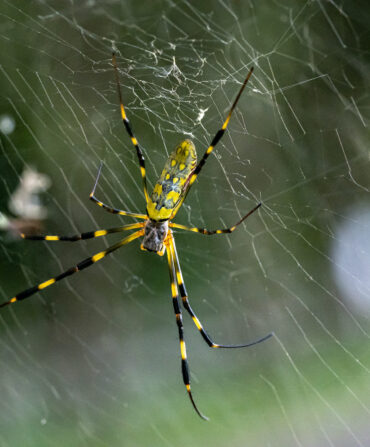The South positively teems with life forms—creatures and plants that each represent a unique and ancient story of evolution. More salamander species walk the forest floor and swim the streams of the Blue Ridge Mountains—some of the oldest mountains in the world—than anywhere else on earth. The rivers of Alabama alone contain nearly two hundred species of mussels and thirty-one species of turtles. Cave systems riddle Tennessee, sheltering a host of bats and other mysterious species adapted to the darkness.

The South’s diversity is something to celebrate this Earth Day. But it comes with responsibility: We also have more endangered species than any other part of the country. Below, learn about some of the region’s most threatened animals—and about the people fighting to give them a future.
Bog turtle
Very few have ever seen a bog turtle. These petite, secretive chelonians—the smallest turtle in North America at just four inches fully grown—once thrived in grassy, flooded bogs in the valleys of the Appalachian Mountains, spending their days tucked in the rushes or burrowed in the mud. Today, not many of those bogs remain due to draining for agriculture, and on top of that, poachers illegally capture the turtles to sell them into the pet trade. But the Amphibian and Reptile Conservancy based in Asheville is determined not to let them disappear. With a variety of partners including private landowners, the Nature Conservancy, and U.S. Fish and Wildlife Service, they have been working for almost a decade to restore and maintain North Carolina habitat, create passages under roads to minimize car strikes, and analyze genetic diversity in existing populations. “These turtles have lived here for millions of years,” JJ Apocada, ARC’s executive director, told G&G. “I’ll be damned if we let them go extinct right under our noses.”
Support the efforts here.
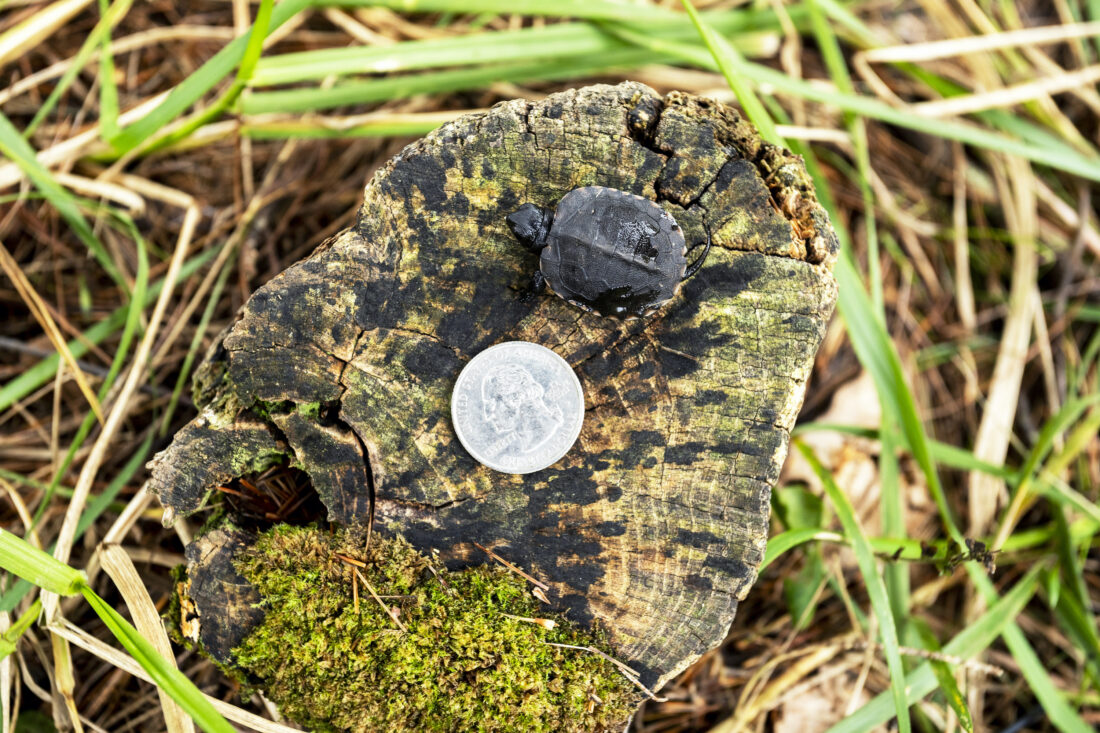
Florida grasshopper sparrow
Florida grasshopper sparrows may not seem like much to look at, but they are one of the most endangered birds in the country. By 2016, the bird’s populations—restricted to the disappeared dry prairie ecosystem of Central Florida—had fallen to just thirty breeding pairs. Thanks to a partnership of organizations, a captive breeding program is now in place, and it’s giving the birds a fighting chance to regain their foothold in the wild. “You go out in the morning to this dry prairie and you hear these birds buzzing, calling, looking for a mate, and they’re part of the Florida landscape,” says Juan Oteyza, the lead sparrow research scientist for the Florida Fish and Wildlife Conservation Commission. “We can’t lose them, because losing them would be losing part of Florida.”
Support the efforts here.
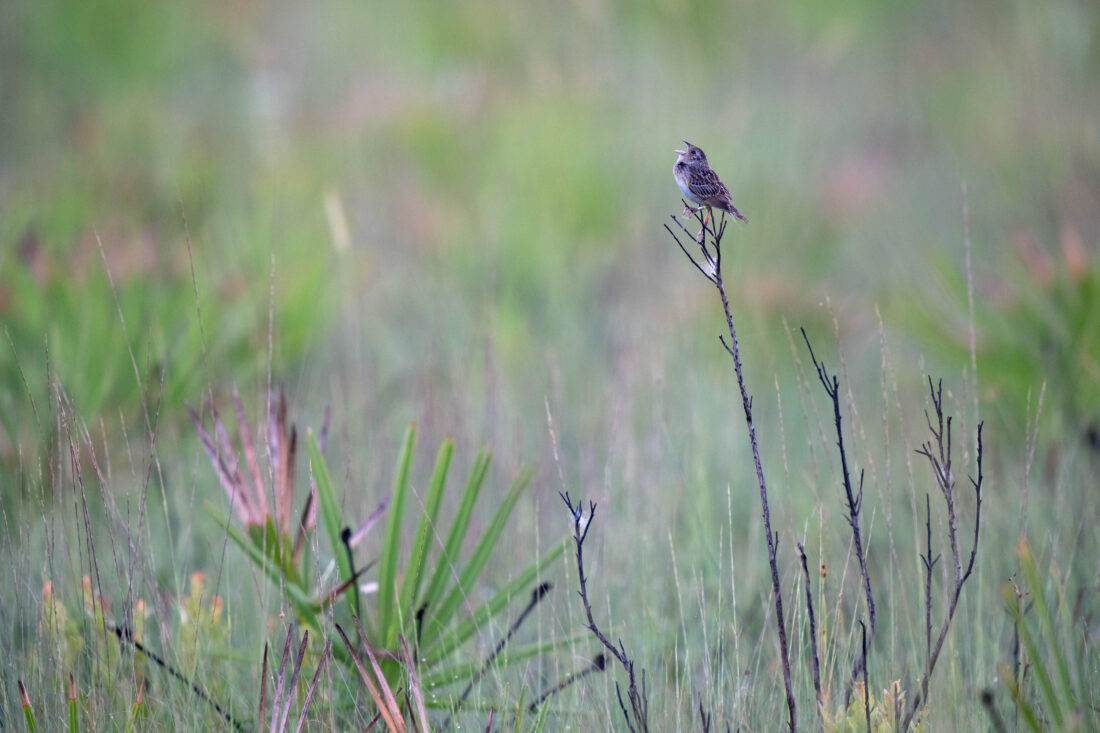
Louisiana pine snake
Four years ago, in Central Louisiana’s Kisatchie National Forest, U.S. Forest Service biologist Emlyn B. Smith discovered her first baby Louisiana pine snake in the wild—a sign of hope that the rare reptiles were still hanging on. These little-seen snakes, denizens of once-widespread longleaf pine forests, only remain at three sites in Louisiana, but persistent reintroduction efforts across four partner zoos (including the Memphis Zoo) are boosting their populations. Smith’s eight-thousand-acre management area rings in at 291 snakes, with more on the docket for release this spring.
Red wolf
There are less than twenty red wolves left in the wild, contained within the swampy forests of northeastern North Carolina’s Alligator River National Wildlife Refuge. Once, these long-legged, shy canines roamed forests across the South, keeping the ecosystem in check as apex predators; without them, nonnative coyote populations have exploded. At the North Carolina Zoo, Chris Lasher has made it his life’s work to lead a nationwide effort to maintain a healthy captive population so that wolves are always ready for reintroduction into the wild. “Someday, I want people to walk Southeastern forests and hear a red wolf howl,” Lasher says. “I want them to stop, listen, and take pride in this magnificent wolf that is uniquely ours.” Slowly, reintroduction efforts are picking back up—plus, in April 2022, a wild red wolf litter of six pups was born, the first since 2018.
Support the efforts here.
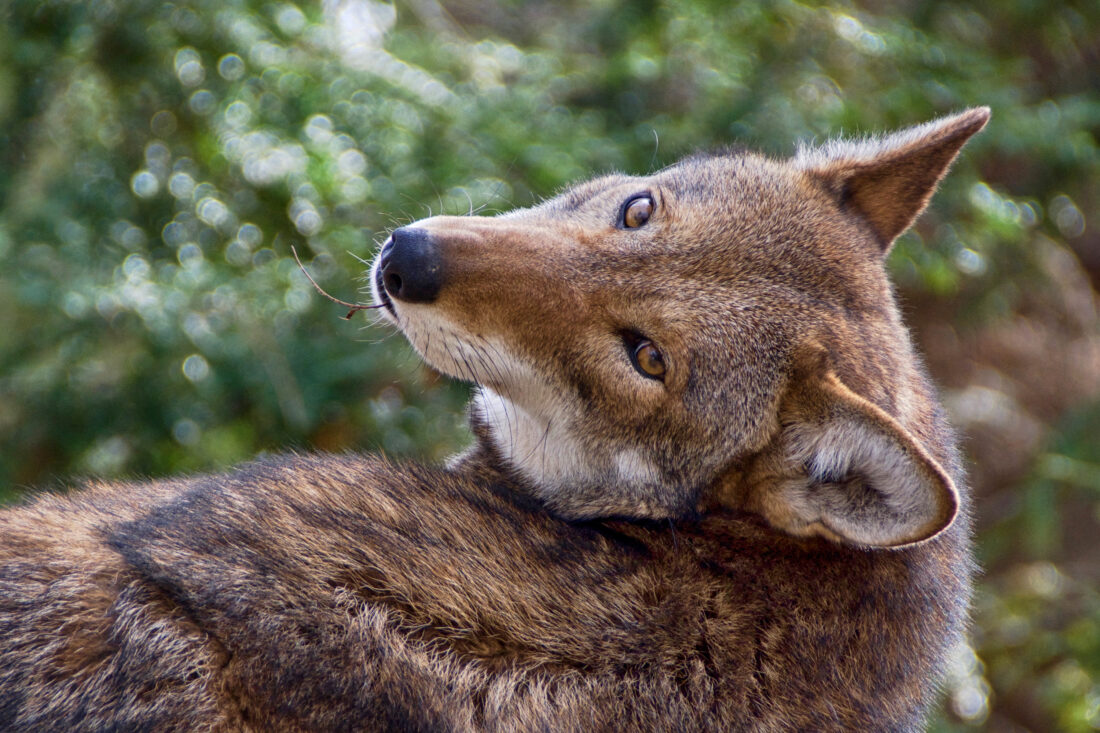
Black Warrior waterdog
Black Warrior waterdogs are as strange as their name implies. These eight-inch-long aquatic salamanders feature flattened bodies, paddle-like tails, and red, feathery gills, all of which allow them to live on the rocky stream bottoms in the only place they are found, the Black Warrior rivershed of Alabama. Due to years of habitat degradation, including sedimentation from coal mining and waste runoff from poultry farming, only a few hundred remain in existence, mostly in Bankhead National Forest outside of Birmingham. “They’re an Alabama treasure,” says Jim Godwin, an Auburn herpetologist who is part of the team fighting for the rare salamander. These dedicated individuals, along with the U.S. Forest Service and nonprofits, set traps and wade through freezing water in the dead of winter to gather data on the little-studied creatures. They eventually want to captive-breed to augment populations, and to restore the health of the watershed so it can support waterdogs and other species alike in the future.
Support the efforts here.
